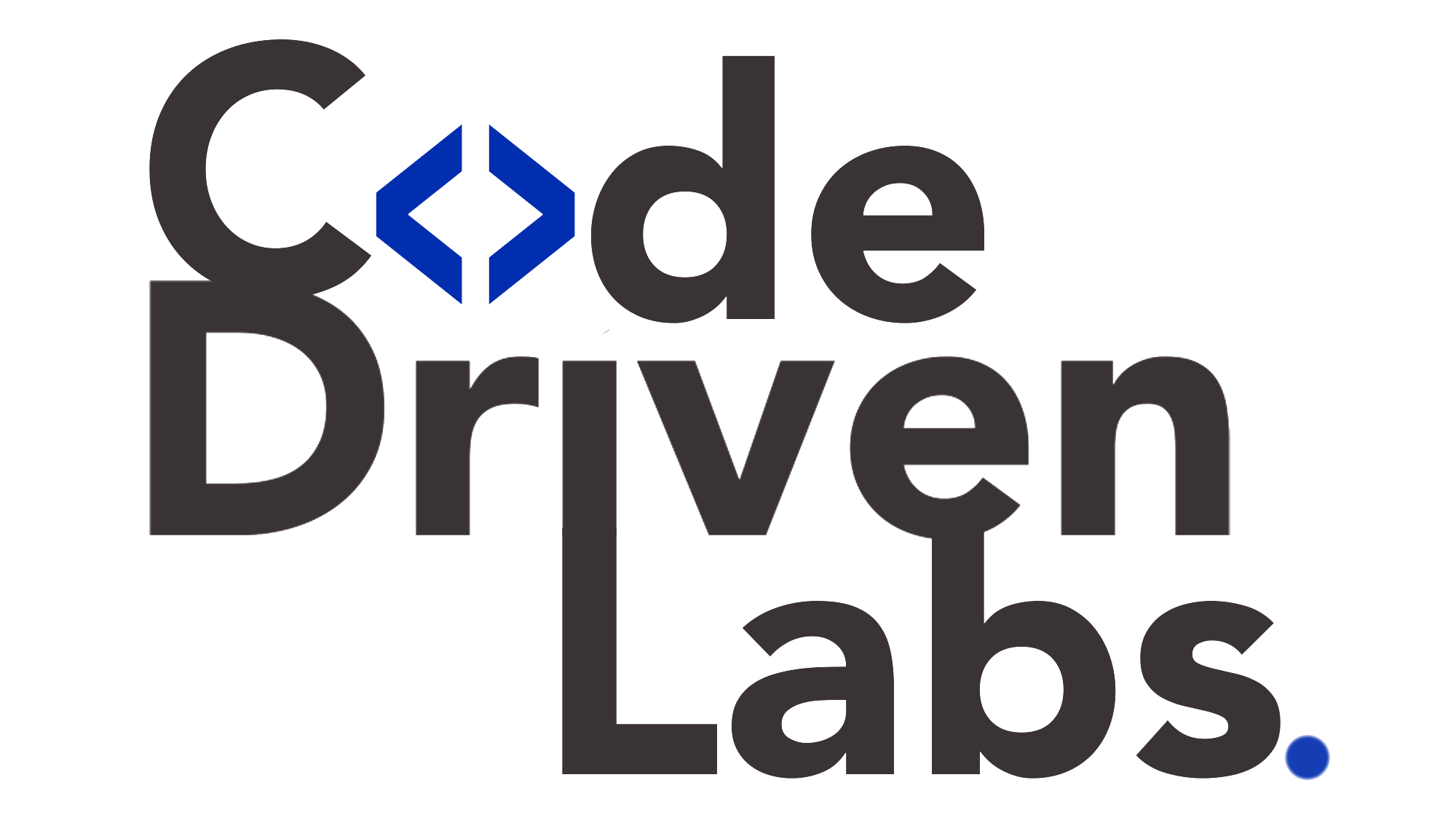Level up your business with US.
- Home
- Domain-Driven Test Automation: Customizing Frameworks for Finance, Healthcare, and Logistics
Domain-Driven Test Automation: Customizing Frameworks for Finance, Healthcare, and Logistics
August 15, 2025 - Blog
Domain-Driven Test Automation: Customizing Frameworks for Finance, Healthcare, and Logistics
Automated testing has become a cornerstone of modern software development, ensuring speed, accuracy, and consistency in delivering high-quality products. While the principles of automated testing are universal, each industry presents unique requirements, compliance standards, and operational challenges.
From manufacturing plants using IoT-enabled machinery to media companies delivering real-time content to millions of users, automated testing frameworks must be tailored to meet specific needs. The rise of code-driven labs has made it easier than ever to customize, test, and deploy frameworks across diverse industries, enabling faster and more reliable results.

Why Automated Testing Needs Industry-Specific Adaptations
Automated testing frameworks are not one-size-fits-all. The testing strategy that works perfectly for an e-commerce platform might not be suitable for a manufacturing line’s predictive maintenance system or a media streaming service’s real-time delivery network.
Here are key factors driving industry-specific adaptations:
-
Domain-Specific Technology Stacks
-
Manufacturing might require integration with PLC (Programmable Logic Controllers) and SCADA systems.
-
Media companies might need low-latency streaming protocol validation.
-
-
Regulatory and Compliance Standards
-
Industries like healthcare and manufacturing have strict regulatory requirements such as ISO standards, FDA approvals, and data safety protocols.
-
-
Performance Expectations
-
In media, milliseconds matter for video buffering.
-
In manufacturing, system downtime could lead to substantial production losses.
-
-
Data Complexity
-
Manufacturing often deals with large volumes of sensor and machine data.
-
Media systems process high-throughput content streams with user personalization layers.
-
Automated Testing Framework Basics
An automated testing framework provides the structure and tools for creating, executing, and maintaining automated test scripts. Common components include:
-
Test Runner – Executes test cases.
-
Assertion Library – Compares expected vs. actual results.
-
Test Data Management – Organizes input and output data for tests.
-
Reporting Tools – Summarizes test execution results.
Popular frameworks include Selenium, Cypress, PyTest, Robot Framework, and JUnit, but these are often customized per industry requirements.
Adapting Automated Testing for Manufacturing
Manufacturing systems are increasingly digital, incorporating IoT devices, robotics, and AI-driven predictive maintenance. Testing these systems requires more than validating software — it also involves hardware-in-the-loop and real-time system feedback.
Key Adaptations:
-
Integration with PLC and SCADA simulation environments.
-
Automated validation of sensor data accuracy.
-
Real-time alert testing for predictive maintenance triggers.
-
Compliance testing for safety-critical operations.
Example:
A smart factory testing framework might simulate machine sensor failures to ensure predictive maintenance algorithms trigger correctly and do not produce false positives.
Adapting Automated Testing for Media
Media companies face challenges in delivering high-quality content at scale and speed. Testing frameworks must ensure:
-
Low latency in streaming.
-
Correct rendering across devices and platforms.
-
Seamless integration with ad delivery and personalization engines.
Key Adaptations:
-
Automated playback tests across multiple resolutions and devices.
-
Latency benchmarking for different network speeds.
-
Ad placement and timing verification in streaming content.
-
Content recommendation algorithm validation.
Example:
A media streaming service may run automated tests that simulate thousands of concurrent users to check whether streaming remains stable under peak traffic.
Cross-Industry Challenges in Automation
Despite differences, manufacturing and media companies face some shared testing challenges:
-
Scalability – Tests must handle large volumes of transactions or events.
-
Continuous Integration – Need for automation in CI/CD pipelines.
-
Data Privacy – Safeguarding sensitive operational or user data during testing.
-
Rapid Iteration – Ability to quickly adapt tests when software or hardware changes.
How Code-Driven Labs Accelerate Industry-Specific Automation
Code-driven labs are collaborative, cloud-based environments that integrate code repositories, execution environments, data handling, and reporting in one place. They enable faster, reproducible, and more customized testing for industry-specific needs.
Here’s how they make a difference:
1. Unified Testing Environment
Instead of managing separate systems for test scripting, execution, and reporting, code-driven labs consolidate everything into a single platform. This is especially valuable when integrating both hardware and software testing in industries like manufacturing.
2. Customizable Framework Integration
Code-driven labs support integration with existing testing tools (Selenium, Robot Framework, PyTest) while enabling custom modules for specific protocols — whether it’s OPC-UA for manufacturing or RTMP for media streaming.
3. Reproducible Test Runs
All tests, configurations, and datasets are version-controlled, ensuring results can be replicated exactly — crucial for compliance audits in regulated industries.
4. Parallel Execution at Scale
Media companies can simulate thousands of concurrent viewers, while manufacturers can run sensor accuracy tests on multiple production lines at once, without waiting for sequential execution.
5. Collaboration Across Teams
QA engineers, developers, and domain experts can access the same workspace, view results in real time, and iterate quickly — reducing feedback loops from weeks to hours.
6. Continuous Monitoring and Reporting
Code-driven labs often provide live dashboards for tracking test metrics, making it easier to detect failures before they impact operations.
Real-World Example: Automated Testing in a Media Streaming Service
A global media platform needed to validate content delivery performance across 50 countries and hundreds of device types.
Challenges:
-
Testing under varied network conditions.
-
Ensuring ad placements were correctly timed.
-
Maintaining video quality during peak hours.
Code-Driven Lab Solution:
-
Created automated test scripts for playback validation across devices.
-
Integrated network throttling simulations into the test pipeline.
-
Used parallel execution to run thousands of tests simultaneously.
-
Monitored results through real-time dashboards for instant troubleshooting.
The result: 50% reduction in testing time and faster rollout of new content features.
Real-World Example: Automated Testing in Manufacturing
A manufacturing company deploying IoT-enabled assembly lines needed to ensure predictive maintenance algorithms worked correctly without triggering false alerts.
Challenges:
-
Testing in a hardware-software hybrid environment.
-
Meeting ISO safety compliance.
-
Running regression tests after every firmware update.
Code-Driven Lab Solution:
-
Integrated hardware-in-the-loop simulators into the testing pipeline.
-
Used reproducible test datasets for compliance audits.
-
Scheduled continuous sensor accuracy tests without interrupting production.
-
Automated report generation for regulatory approval processes.
The result: Increased production uptime by 20% and reduced safety compliance testing from weeks to days.
Best Practices for Adapting Automated Testing with Code-Driven Labs
-
Start with a Gap Analysis – Identify where existing frameworks fail to meet industry-specific needs.
-
Integrate Domain Experts – Ensure testing scripts reflect real operational conditions.
-
Automate Compliance Testing – Embed regulatory checks into the automated pipeline.
-
Leverage Parallel Execution – Reduce testing time by running scenarios simultaneously.
-
Monitor Continuously – Use lab dashboards to detect failures or deviations in real time.
-
Document Everything – Maintain clear, version-controlled documentation for audits and troubleshooting.
The Future of Industry-Specific Automated Testing
As industries become more digitized, automated testing will evolve in several ways:
-
AI-Augmented Testing – ML models predicting potential failure points before they occur.
-
Self-Healing Frameworks – Automated systems that adjust tests dynamically as environments change.
-
Deeper Hardware Integration – Especially in manufacturing and IoT-heavy industries.
-
End-to-End Cloud-Based Pipelines – Where code-driven labs serve as the control hub for all testing activities.
Conclusion
From the precision demands of manufacturing to the speed and scale requirements of media, automated testing frameworks must adapt to industry-specific challenges. While the core principles of automation remain constant, the tools, integrations, and execution strategies differ significantly.
Code-driven labs have emerged as a unifying solution — enabling rapid customization, scalable execution, and transparent collaboration across teams. By adopting these labs, organizations can not only meet their unique testing needs but also accelerate delivery, improve quality, and maintain compliance in an increasingly complex technological landscape.
